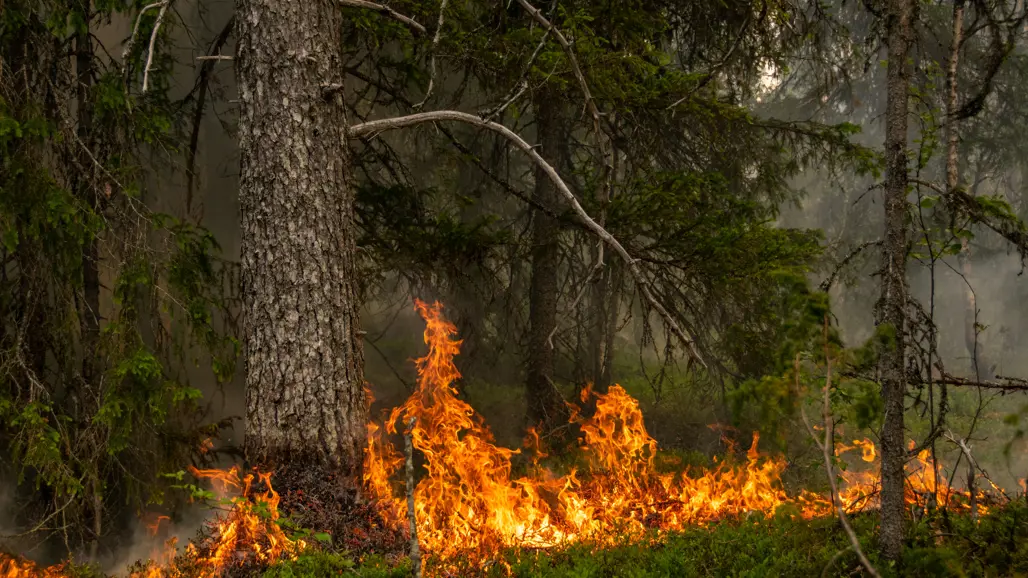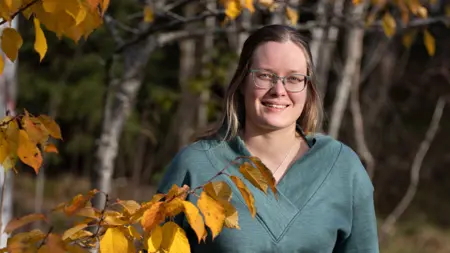
Tips on what you can do to prevent forest fires
When the fire risk in Sweden is high, and there is an extremely high risk of forest fires in many parts of the country, it is important to be careful and follow any fire bans. Here are some tips for homeowners and landowners on how to prevent a fire from starting and spreading.
During the summer half-year, it is not unusual for a heatwave to sweep across Sweden. SMHI can then issue warnings of an extremely high risk of forest fires due to the high temperatures.
Warnings and messages, fire risk, SMHI (swe)
- When there is a high risk of forest fires, we must take it seriously. At the SLU Forest Damage Centre, we provide knowledge and analyses of damage and the risk of damage caused by fire and drought, says Inka Bohlin, analyst at the SLU Forest Damage Centre and researcher at the Department of Forest Resource Management, SLU.
Given the high risk of forest fires, SLU has developed a number of tips for house and land owners on how to work preventively.
Tips for homeowners
- Follow the fire ban and fire risk index. Fire ban, MSB, Fire risk forecasts, SMHI.
- Review your equipment, what is available at home in the form of water hoses, watering cans, rain barrels and so on.
- Be careful with burning things (cigarettes, barbecues, etc.).
- Clear away vegetation, rubbish and other fuel around the house.
- Keep the lawn short-cut next to the house foundation.
Tips for landowners
- Follow the fire risk index.
- Know your woodland (important for co-operation with the emergency services).
- Identify where there is a risk of fire (e.g. power lines, railways (sparks from trains can lead to forest fires), campfires).
- What types of fuels are available and where are they located? (different moisture conditions depending on deciduous forest/pine/spruce/marsh, young/old forest).
- Where are natural places to stop/prevent the fire? (e.g. lakes, streams, ditches, marshes, sand holes, car roads, deciduous forest)
- Where do you have places to get water.
- Review the terrain, where can the fire escalate?
- What equipment do you have? (pumps, hose, shovel, tanks)?
- Avoid machine work in dry conditions. Bring a fire extinguisher and mobile phone. Do not work alone.
- Clear forest roads, remove felled material.
- Establish water loading points, docks for pumps.
- Remove the brush, but don't leave piles in tight spaces next to car roads (if there is a fire, the fire engine won't come by).
- Think about who (neighbours, friends, contractors) can help with firefighting. Start a discussion with those around you about how to prevent fires from starting.
- If a fire starts, keep forestry roads/booms open so that emergency services can easily access them. If you need to lock up, use code locks in the first instance.
National fire database needs to be created
In March, Anders Granström, senior lecturer and researcher in forest fires at the Department of Forest Ecology and Management, SLU, compiled a report that pointed out the importance of creating a national fire database, something that is currently lacking.
A national database on burnt forest needs to be created (swe)

Contact
-
Person